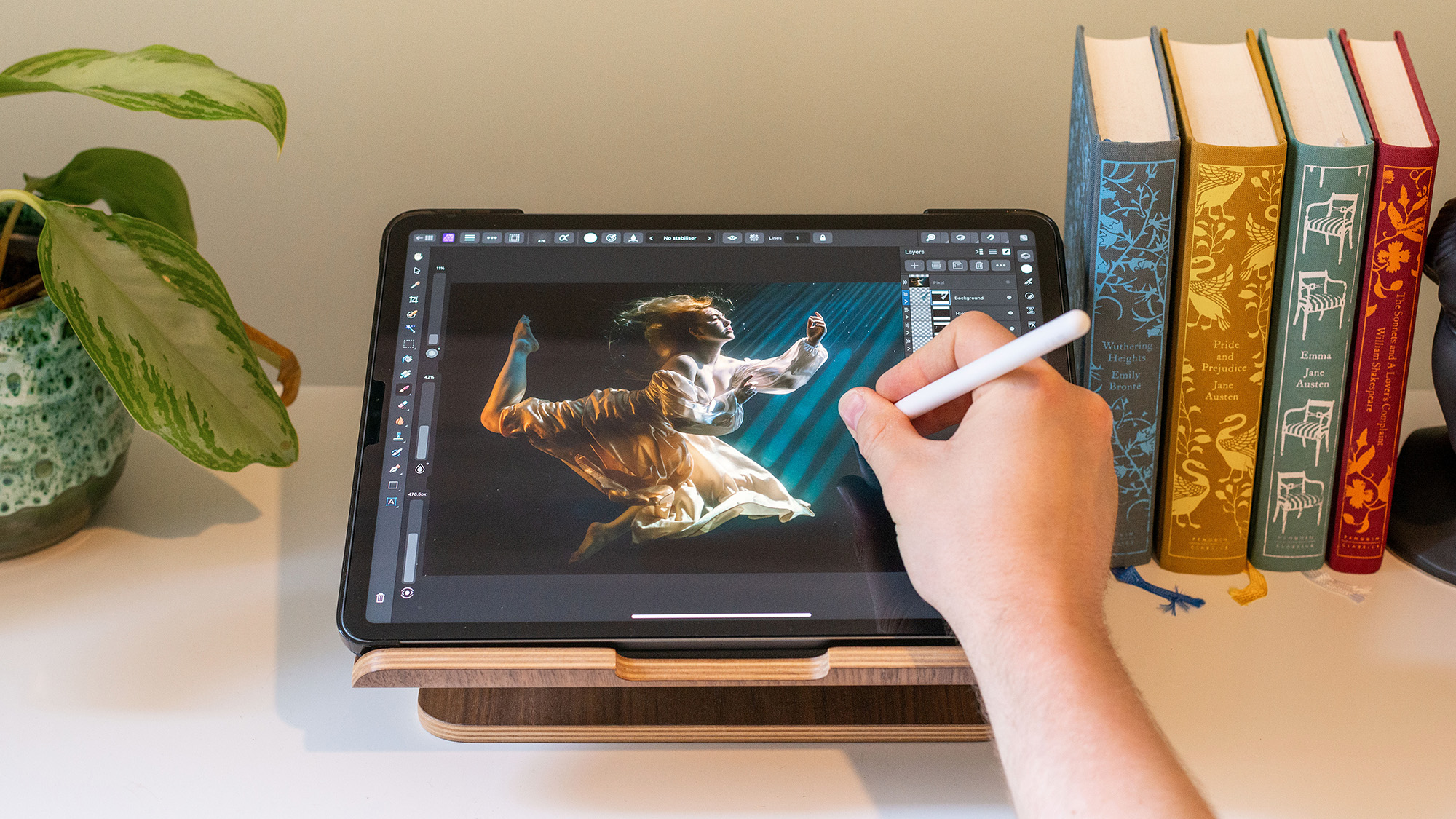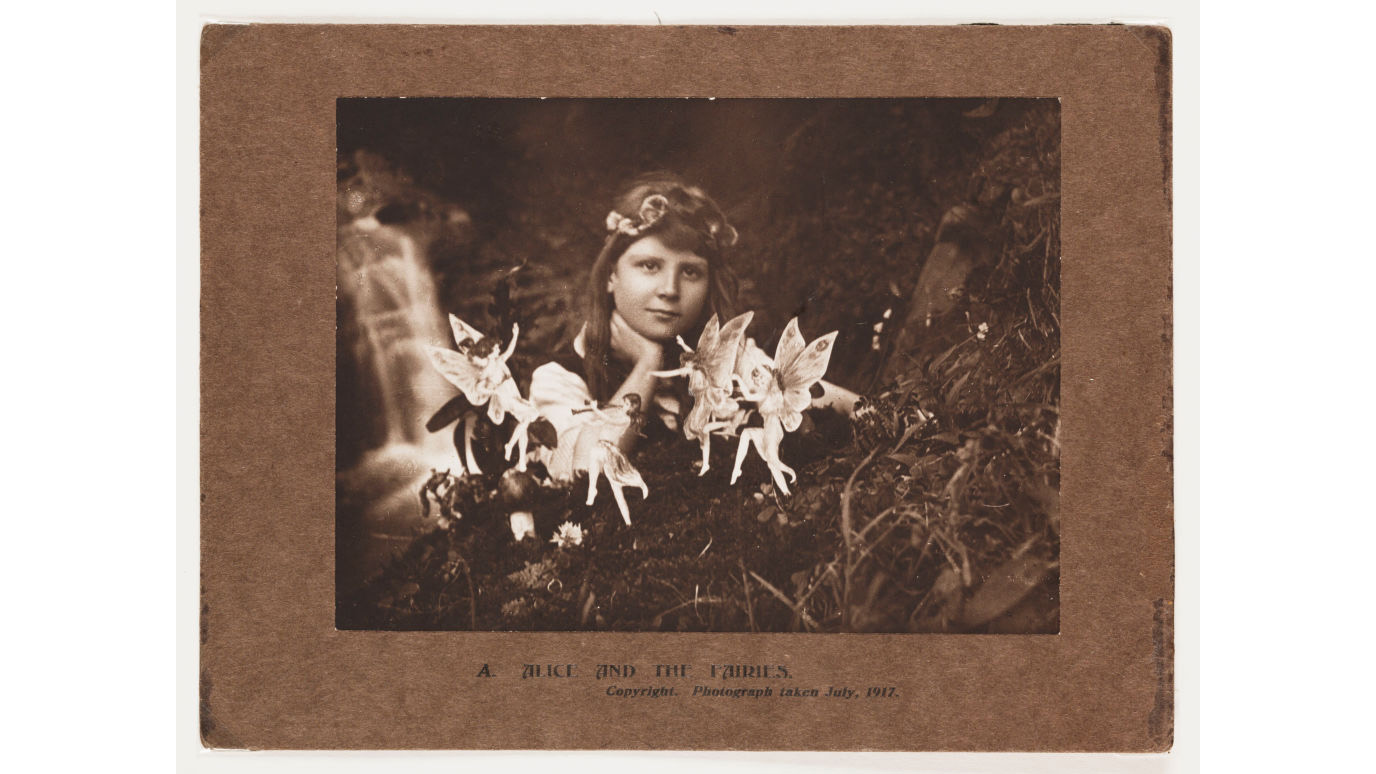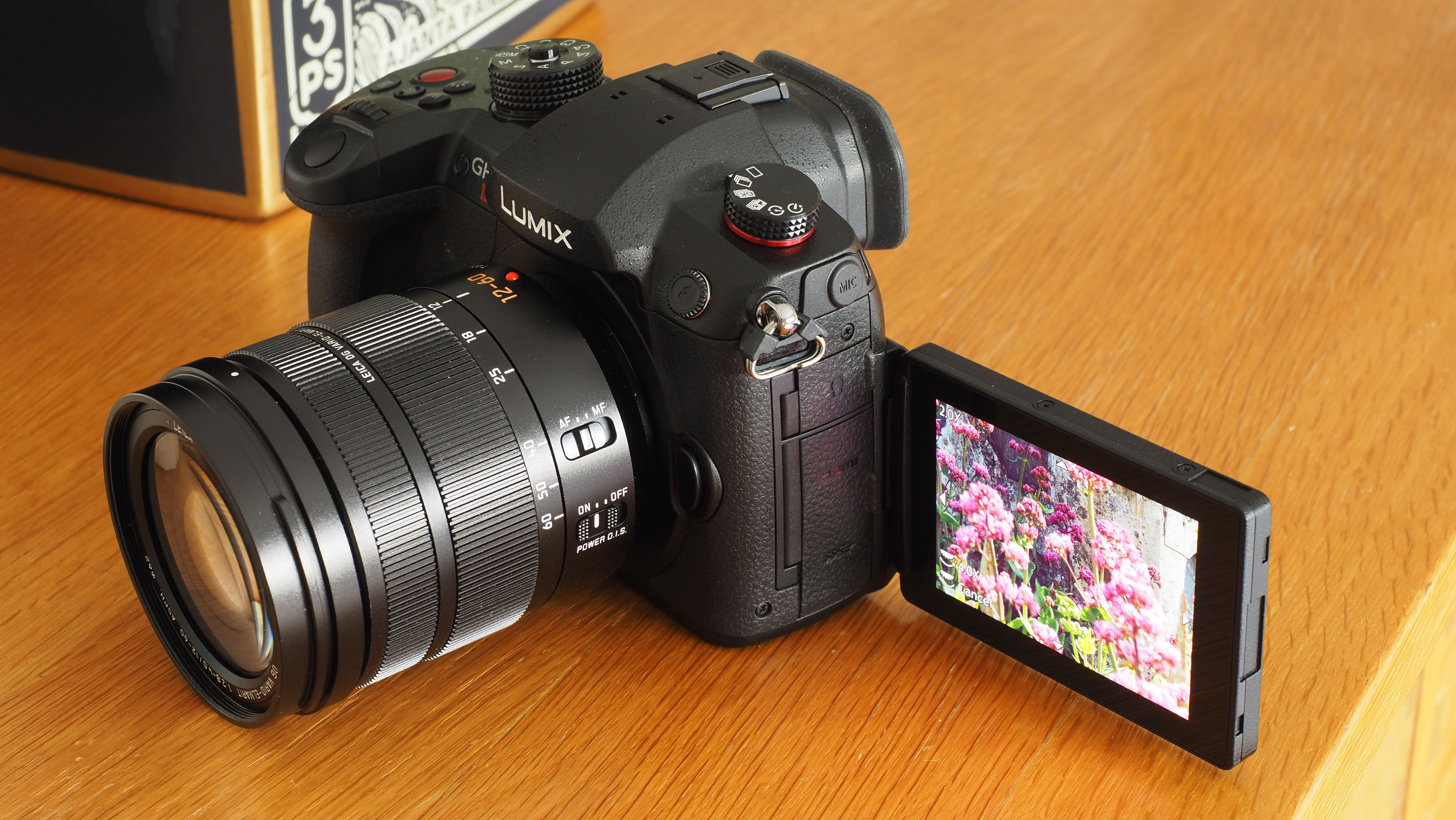I'll edit the heck out of my photos if I want to – if only to peeve off the purists
Some photographers look down their noses at photo editing, and that really gets my goat – rant incoming!

I've noticed a trend where some photographers proudly announce that they either don't edit or hardly edit their photographs. Now, there's nothing wrong with that at all, but when it's said in a manner that belittles image editing, it doesn't half grate on me.
Photography is an art form and if a photographer edits or doesn't edit their work that's a very personal creative decision – there's simply no right or wrong answer.
A penchant for the best photo editing software doesn't make you any less of a photographer, and neither does capturing images straight from the camera. Whether or not – and to what extent – you edit is an artistic choice that every creative gets to make, alone.
So where has this negative view on photo editing come from? Here's my take. Firstly, editing suites can prove expensive. Historically, industry-standard software cost a pretty penny – but nowadays the biggest fish in the editing sea, Adobe, has made things more palatable via its Creative Cloud subscription plans.
However, not everybody wants to commit to a subscription. Fortunately other developers, such as Serif, offer extremely capable alternatives at affordable 'one-and-done' prices. And if you're still not sold, you can always make use of the best free photo editing software.
Secondly, photography can be a daunting enough subject in its own right; add editing into the fray and the challenge can feel insurmountable. But the good news is that editing doesn't have to be difficult.
A lot of photographers wrongly assume they need to master Photoshop CC. And while most never cover the width and breadth of this immense application's capabilities, ask yourself: do you really have to? Plenty of user-friendly editing suites exist, such as Adobe Lightroom CC, Skylum Luminar Neo or Nikon NX Studio.
Get the Digital Camera World Newsletter
The best camera deals, reviews, product advice, and unmissable photography news, direct to your inbox!

Thirdly, photographers and the photography industry have been battering the old adage 'the camera never lies' consistently since photography's inception. Image manipulation goes as far back as the darkroom. The Cottingley Fairies images (above), the first of which was taken in 1917, baffled the world for decades – and the rise of AI has only pushed image skepticism to new heights.
This has likely bolstered the notion that a photograph straight from the camera is somehow more legitimate than a heavily edited one. Sure, specific genres like photojournalism keep editing to a minimum by their very nature. But if you're capturing your take on the world, why can't editing be just another brush in the pot or blob of paint on the palette?
And besides, it doesn't matter whether you shoot JPEG or RAW; most images captured in-camera require some tweaking in post to match the colors and tones of the original scene – if that's what you're going for – even if it's just a tiny drop or boost in saturation.
Heck, product photographers will often edit images of products precisely to correct colors. And RAW files are designed to be edited. They're intentionally flat to retain as much data as possible. It's your job as a photographer to add back in the pizzazz how you see fit.
Ultimately, it doesn't matter whether you edit a little, a lot or not at all. It's your choice as a creative. So long as you're not trying to intentionally deceive anyone for immoral reasons, there's nothing wrong with image editing. And don't let anyone tell you otherwise.
If you're into photo editing, why not check out the best photo culling software and if you're into video editing, the best free video editing software?

Mike is Digital Camera World's How To Editor. He has over a decade of experience, writing for some of the biggest specialist publications including Digital Camera, Digital Photographer and PhotoPlus: The Canon Magazine. Prior to DCW, Mike was Deputy Editor of N-Photo: The Nikon Magazine and Production Editor at Wex Photo Video, where he sharpened his skills in both the stills and videography spheres. While he's an avid motorsport photographer, his skills extend to every genre of photography – making him one of Digital Camera World's top tutors for techniques on cameras, lenses, tripods, filters and other imaging equipment – as well as sharing his expertise on shooting everything from portraits and landscapes to abstracts and architecture to wildlife and, yes, fast things going around race tracks...
